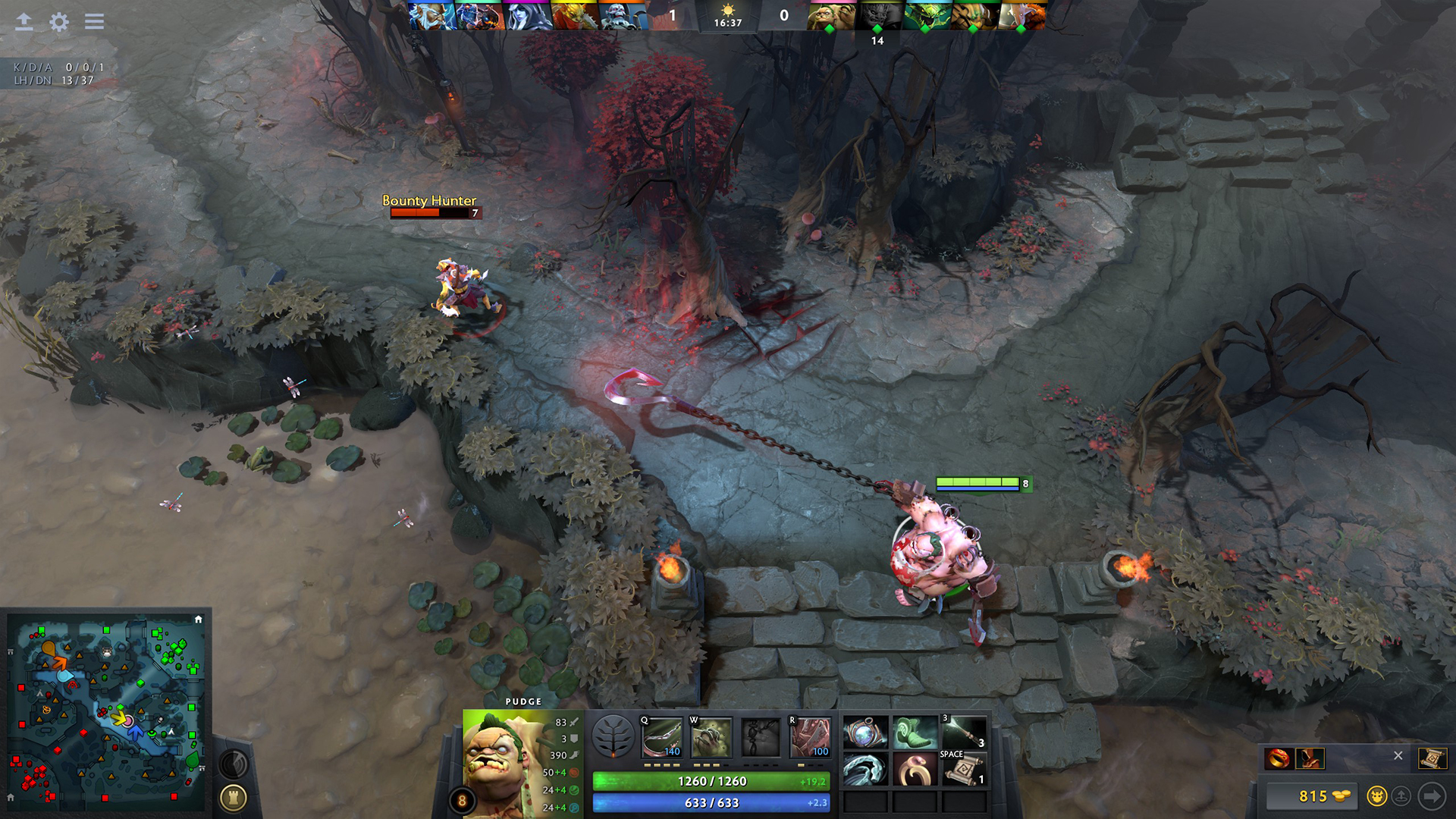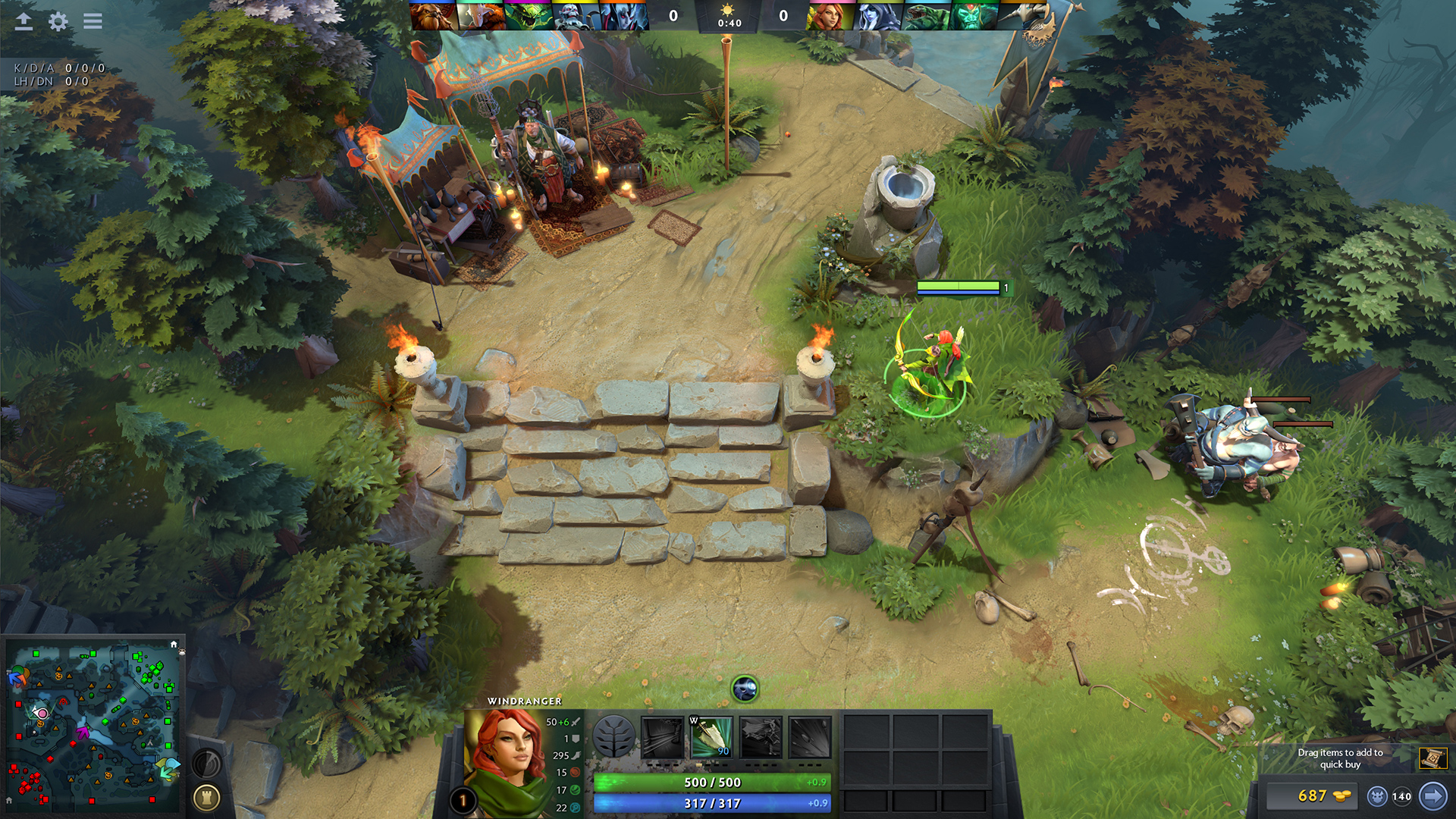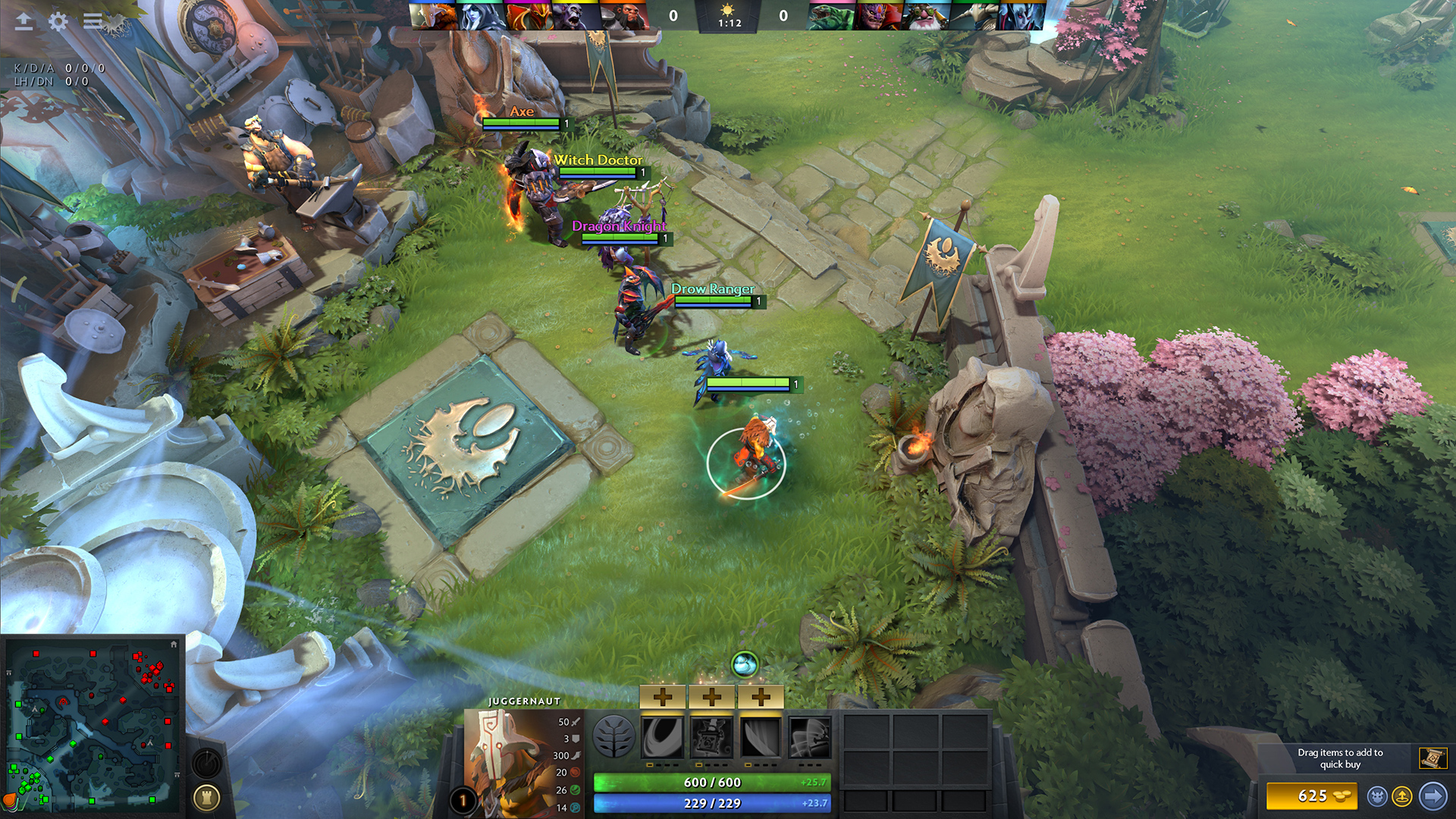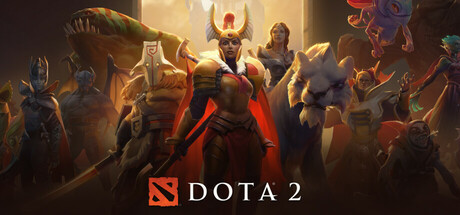Introduction: How Dota 2 Became a MOBA Titan
Released on July 9, 2013, Valve’s Dota 2 has cemented itself as a cornerstone of competitive multiplayer gaming. With over a hundred heroes, constant updates and a thriving esports scene, it’s no wonder millions of players return day after day, whether they’re on hour ten or hour ten thousand.
Storyline and Setting
Dota 2 doesn’t focus on a linear narrative like many RPGs; instead, its lore is woven into each hero’s background and the Ancient battlegrounds they fight upon. The islands of Radiant and Dire are shrouded in myth, but the real story unfolds during each match—alliances form, rivalries ignite and every clash writes a new legend.
Gameplay Mechanics: Depth, Roles & Evolution
- Hero Diversity – From strength bruisers like Axe to elusive intelligence casters like Invoker, no two games feel alike.
- Itemization – Over 150 purchasable items let you tailor builds on the fly. In comparison, League of Legends offers a more streamlined shop, but Dota’s complexity rewards experimentation.
- Map and Objectives – Roshan fights, runes and outposts add macro layers. SMITE’s jungle camps and Heroes of the Storm’s mercenary camps provide variety, but Dota’s high-risk, high-reward objectives remain unparalleled.
- Skill Ceiling – Dota’s mechanics (denies, creep aggro, turn rates) create a steeper learning curve than many MOBAs, but they also deliver unmatched strategic depth.

Competitive balance sits at the heart of Dota 2. Every hero is free from day one—no pay-to-win barriers—unlike some rivals that lock champions behind paywalls or rotating free pools.
Visuals and Audio
Running on the Source 2 engine, Dota 2’s art style strikes a balance between readability and flair. Character animations are crisp, particles are clear even in chaotic teamfights, and seasonal terrain updates keep the battlefield fresh. The soundtrack and voice-overs—professional and characterful—amplify the tension when the Ancient is under siege.
Community Feedback & Review Analysis
Steam reviews stand at 81% Very Positive across 2,529,096 ratings and 78% Mostly Positive in the last month (20,941 reviews). Here’s what players praise and critique:

- Strengths: Endless replay value, deep strategic meta, free hero pool, robust matchmaking and a spectacle-level esports ecosystem (The International’s multi-million dollar prize pool).
- Weaknesses: Steep learning curve intimidating to newcomers, occasional UI clutter, and a community that can be toxic in unranked matches.
Recent patches that rebalance heroes and introduce new content earn nods from veteran players, while newcomers appreciate co-op vs. bots and demo modes to learn the ropes at their own pace.
Comparisons to Similar Titles
- League of Legends: Easier onboarding but shallower mechanics. LoL’s faster pace contrasts with Dota’s more deliberate, tactical teamfights.
- SMITE: Third-person perspective offers a fresh take, but lacks Dota’s macro objectives and item depth.
- Heroes of the Storm: Shorter matches and shared team XP make it more accessible, though at the cost of strategic complexity.

Industry Impact & Esports
Dota 2 redefined esports with The International series, pushing prize pool records and broadcasting production quality. Its influence extends into how other developers approach free-to-play balance, tournament ecosystems and community engagement.
Conclusion: Is Dota 2 Right for You?
Dota 2 stands tall as one of the most rewarding and challenging multiplayer experiences available. If you crave deep strategic layers, a completely unlocked hero roster and a living, evolving battlefield, this free-to-play juggernaut deserves a spot in your library. Be ready to invest time learning its mechanics—and perhaps forge new friendships (and rivalries) along the way.

